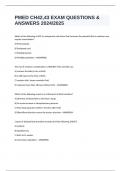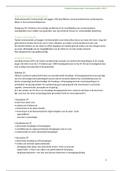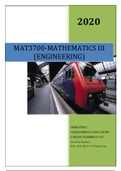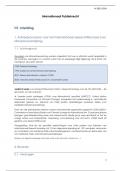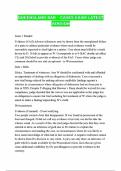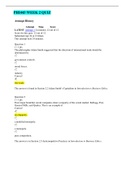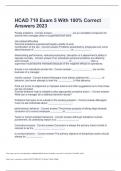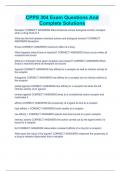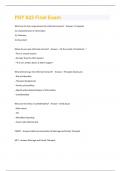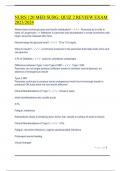Exam (elaborations)
PMED CH42,43 EXAM QUESTIONS & ANSWERS 2024/2025
- Course
- Institution
PMED CH42,43 EXAM QUESTIONS & ANSWERS 2024/2025 Which of the following is NOT an antepartum risk factor that increases the potential that a newborn may require resuscitation? A) Preeclampsia B) Prolapsed cord C) Polyhydramnios D) Multiple gestations - ANSWERSB The risk of newborn compli...
[Show more]
